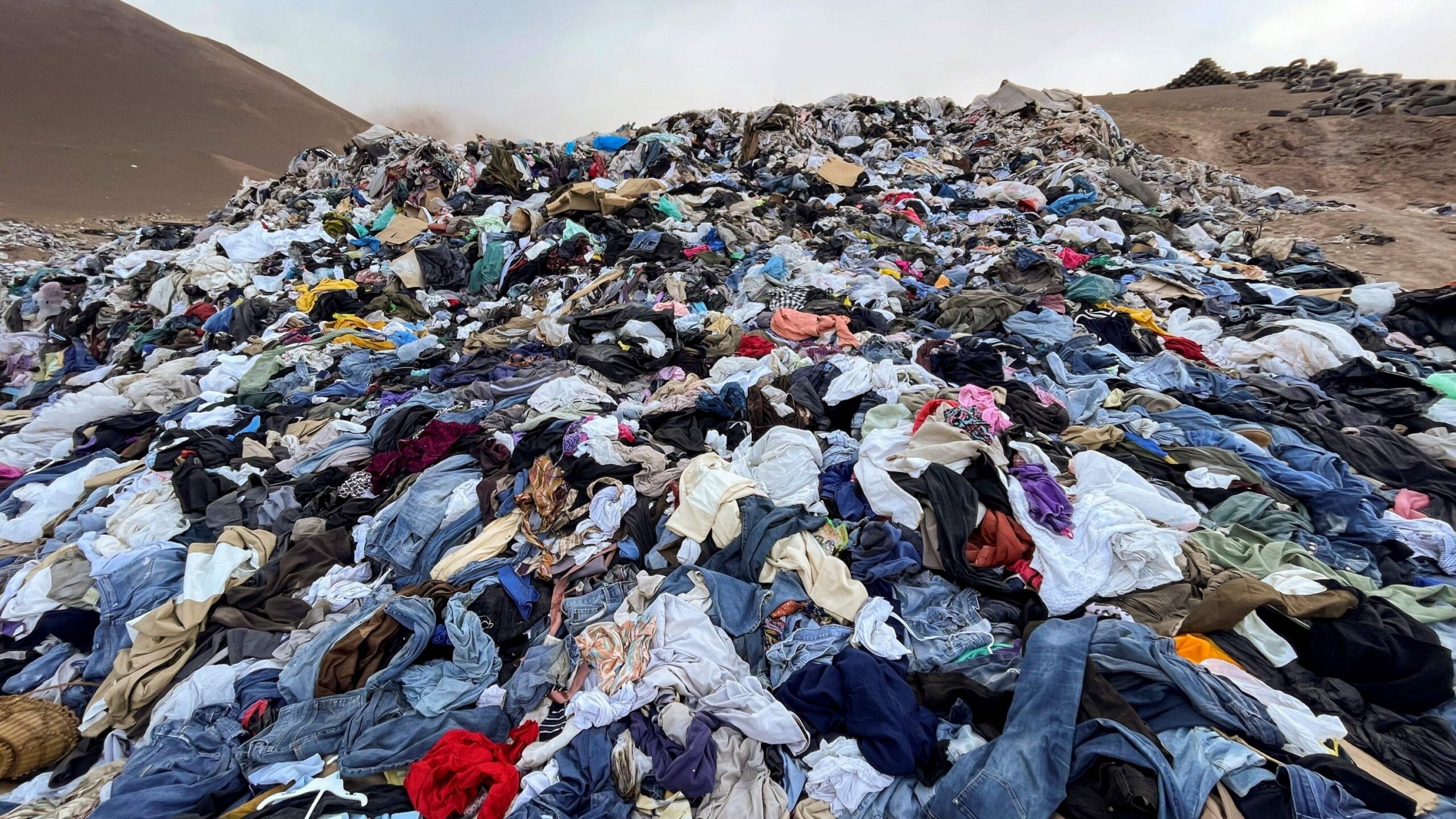2022 Nice Dressing for Catastrophe: The Environmental Disaster of Quick
[ad_1]
Retail giants corresponding to Ceaselessly 21, Zara and H&M cater to the calls for of younger shoppers by offering inexpensive and stylish clothes. Nonetheless, the quick style business carries a considerable environmental burden.

The UN Surroundings Programme (UNEP) notes that it ranks because the second-largest shopper of water and contributes to roughly 10% of worldwide carbon emissions which is exceeding the mixed carbon footprint of all worldwide flights and maritime transport. Regrettably, the environmental challenges posed by quick style typically go unnoticed by shoppers.
What’s Quick Style?
The time period “quick style” encapsulates the speedy manufacturing and consumption of cheap clothes that mimics present runway types. It displays a enterprise mannequin prioritizing fast turnaround instances to capitalize on prevailing traits. As a result of its important affect on the business, quick style has gained prominence in discussions associated to style, sustainability, and environmental consciousness. It underscores the pace at which these clothes are produced and distributed, contributing to considerations about environmental degradation, labor exploitation, and the style business’s general sustainability.
This strategy permits retailers to effectively generate substantial portions of numerous merchandise, providing shoppers higher selections in style and product variation at inexpensive costs.
Originating within the early Nineties, ‘quick style’ coincided with Zara’s arrival in New York. The New York Instances coined the time period to explain Zara’s bold purpose of lowering the garment manufacturing cycle to only 15 days, from preliminary design to retail availability.
The Draw back of Quick Style
In keeping with the Enterprise Insider evaluation, style manufacturing accounts for 10% of worldwide carbon emissions, equal to the European Union. This business contributes to the depletion of water sources, contaminates rivers and streams, and worsen the problem by discarding 85% of all textiles yearly. Moreover, washing garments alone releases 500,000 tons of microfibers into the ocean yearly, similar to 50 billion plastic bottles.

The 2018 report by Quantis Worldwide recognized important contributors to the worldwide air pollution impacts of the style business. The three major drivers had been revealed to be dyeing and ending (36%), yarn preparation (28%), and fiber manufacturing (15%). Notably, the report highlighted that fiber manufacturing has probably the most substantial affect on freshwater withdrawal, water diversion or extraction from floor water or groundwater sources, and ecosystem high quality.
Quick Style and How It Impacts the Surroundings
1. Microplastics
There are lots of manufacturers depend on artificial fibres corresponding to polyester, nylon, and acrylic, which possess an alarming attribute of taking tons of of years to biodegrade. In keeping with a 2017 report from the Worldwide Union for Conservation of Nature (IUCN), roughly 35% of all oceanic microplastics minuscule fragments of non-biodegradable plastic originate from the laundering of artificial textiles, primarily polyester. This emphasizes the enduring environmental affect of supplies generally utilized in quick style and raises considerations about their contribution to the worldwide challenge of plastic air pollution in oceans.
2. Water
Apart from, the ecological repercussions of quick style prolong to the depletion of non-renewable sources, the discharge of greenhouse gases, and the substantial consumption of water and power. Remarkably, the style sector is the second-largest water person globally, demanding roughly 700 gallons to fabricate a single cotton shirt and a staggering 2,000 gallons for a pair of denims.
An extra environmental concern lies in textile dyeing, the world’s second-largest water polluter. That is primarily on account of wastewater used within the dyeing course of, typically discharged into ditches, streams, or rivers, as highlighted by Enterprise Insider’s cautionary observations.
-
Vitality
The conversion of plastic fibres into textiles entails an energy-intensive course of that necessitates substantial portions of petroleum. This manufacturing course of additionally ends in the emission of unstable particulate matter and acids, together with hydrogen chloride. Past artificial fibres, cotton, a prevalent materials in fast-fashion merchandise, it does contributes to environmental considerations.
Cotton cultivation entails pesticide use, causes well being dangers to farmers and elevating extra environmental sustainability challenges inside the business. These components underscore the intricate environmental points intertwined with varied fast-fashion provide chain levels.
The Social Implications of Quick Style
Certainly, the detrimental results of quick style prolong past environmental considerations, encompassing important societal points, notably in creating economies. In keeping with the non-profit group Remake, a hanging 80% of attire is produced by younger ladies aged between 18 and 24.
Disturbingly, a 2018 report from the US Division of Labor uncovered proof of pressured and little one labor within the style business throughout nations corresponding to Argentina, Bangladesh, Brazil, China, India, Indonesia, the Philippines, Turkey, Vietnam, and others.

Speedy manufacturing within the quick style enterprise typically implies that the pursuit of gross sales and earnings takes priority over the employees’ well-being. This imbalance raises severe moral considerations, highlighting the necessity for a extra conscientious and humane strategy to style manufacturing and provide chain administration.
In conclusion, the attract of inexpensive and stylish clothes provided by quick style retailers comes at a major environmental price. The business’s staggering consumption of water, contribution to international carbon emissions, and different environmental impacts have harmed the atmosphere.
As shoppers, consciousness of those challenges empowers us to make higher selections, supporting initiatives prioritizing moral and eco-friendly practices. By collectively embracing a extra sustainable style ethos, we are able to contribute to a more healthy planet and a extra accountable future for the business.
Associated
[ad_2]

22 Nice Dressing for Catastrophe: The Environmental Disaster of Quick
